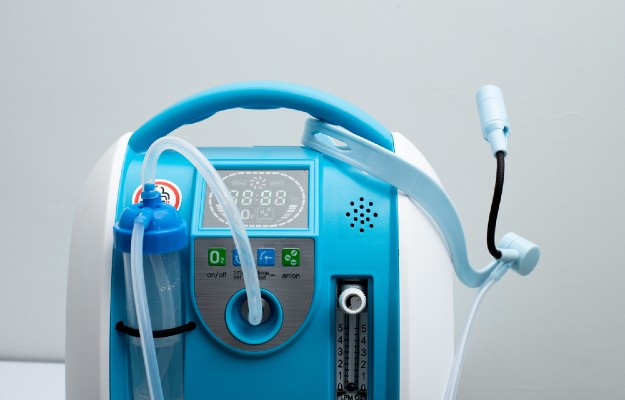As of 2 April 2020, 7pm IST, more than 9.56 lakh people had been confirmed to have COVID-19 infection. Tens of thousands of people among these patients were critically ill and required extensive medical care. According to the World Health Organization (WHO), 80% of people with COVID-19 infection recover without requiring any hospital treatment. However, one out of six people becomes severely ill and may develop breathing issues.
This happens because, in these cases, the virus starts damaging the lungs. This alarms the body’s immune system which expands the blood vessels to accommodate more immune cells. This, in turn, allows free fluid to enter the lungs, making it hard to breathe as the level of oxygen drops in the body.
To ease this breathing issue, a mechanical ventilator is used to supply air with increased levels of oxygen to the lungs. The ventilator also acts as a humidifier as it mixes heat and moisture to the air (that is being administered by the ventilator) so that it matches the patient's body temperature.
Here in this article, we will tell you about the required technical features in the ventilators that the Indian health ministry has laid down.





























